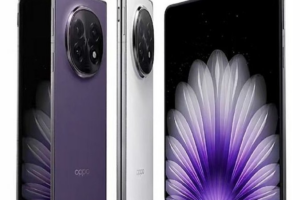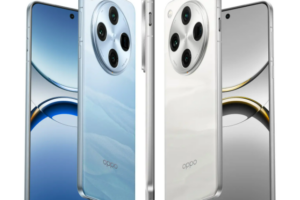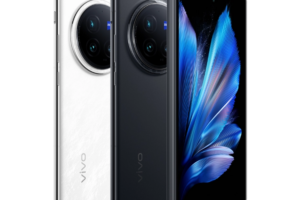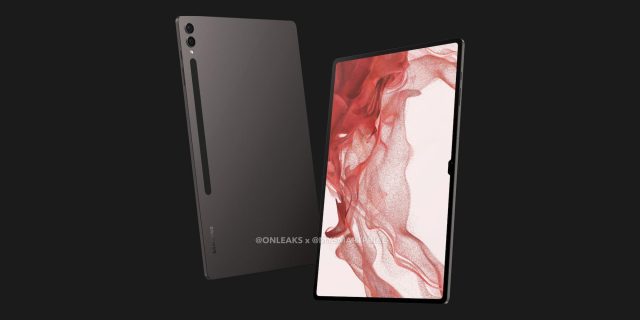Presented below is a comparison between the Kindle Fire HD, the iPad 3, the Nexus 7 and the Galaxy Tab 2 10.1.
The Kindle Fire HD
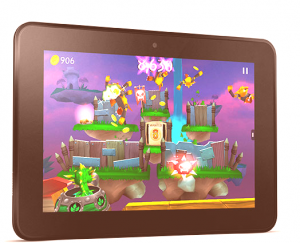
- When the primary purpose of a tablet is entertainment, then the Kindle Fire HD is just the one. Like the older versions of the Kindle, this tablet is also coupled to the ecosystem of Amazon comprising of digital media storefronts, Amazon MP3s, Kindle e-books, as well as Amazon video on demand. The Prime service members of Amazon can also avail of bonus features like free books from the lending library of Amazon and free streaming-video data.
- The Kindle Fire HD also comes with a new option called FreeTime which lets parents to limit and lock the amount of time spent by children on the tablet. The Whispersync system of Amazon allows users to oscillate between audio and written forms of certain book titles, as well as allows the saving of game progress status. Additionally the X-Ray feature has been expanded to provide behind-the-scenes information about the favorite television shows and movies, as well as e-book analysis.
- A 32 GB variant of the Kindle Fire HD can be purchased for $249. The screen is 8.9 inches diagonally with a resolution of 1920 x 1200 pixels. There is a basic front facing camera. The hardware features include an HDMI output to facilitate sharing of content with a connected television. The display on the Kindle Fire HD comes with new antiglare polarization and no-gap lamination techniques that improve the overall reading experience on the tablet. Additionally, it is equipped with a dual-antenna Wi-Fi antenna system that will enable enhanced media streaming quality and also provide for better Internet speeds.
- It may be noted that the number of apps available with the Kindle Fire HD is very limited as compared to those available in Google’s Play store. Many sensors like a digital compass, NFC and GPS are also lacking on the tablet. Hence navigation apps or integrated Maps that use such excluded sensors are also absent on the device.
- Additionally, the apps that are bought from Amazon are quite difficult to install on Android devices, as is the installation of Android apps bought from Google on the Kindle Fire HD.
The iPad 3 and the Nexus 7:

- The Processor: The new iPad 3 is powered by a dual-core 1 GHz Cortex-A9 on Apple’s A5X chipset along with a quad-core PowerVR SGX543MP4 GPU. On the other hand the Nexus 7 is equipped with a 1.3GHz quad-core Nvidia Tegra 3 processor that is further powered by a 12-core ULP Nvidia GPU.
- The Design: The dimensions of the Nexus 7 are 7.8” x 4.72” x 0.41” and it weighs just 340 grams. The iPad 3 is twice as heavy at 680 grams and has dimensions of 7.31” x 9.5” x 0.37”. The design of the iPad 3 incorporates a smooth bezel and a metallic backing.
- The Screen: The display and screen quality of Apple iDevices have always been better as compared to the products of other manufacturers. The same is the case with the display of the iPad 3 which features a 9.7 inch screen that comes with a pixel density of 264 PPI and a screen resolution of 1536 × 2048 pixels. The Nexus 7 comes with a 7 inch HD screen along with a pixel density of just 216 PPI and a screen resolution of 1280 x 800 pixels.
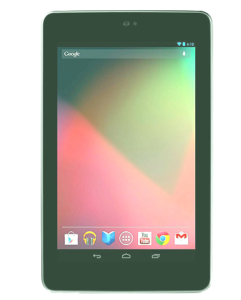
- The Camera: The Google Nexus 7 is equipped with a just a front facing 1.2 megapixel camera, while the iPad 3 comes with a 5 megapixel primary iSight camera in the rear and a front facing VGA camera for video conferencing.
- Storage options: The iPad 3 is available in three variants, i.e. 16 GB, 32 GB and 64 GB models, while the Nexus 7 comes in only two variants, i.e. 8 GB and 16 GB models. Both the devices do not have a slot for microSD cards. This is a huge flaw for the Google device as the 8 GB model has just about 5.5 GB of free usable storage space.
- Connectivity: The Nexus 7 is currently available in the Wi-Fi only version with a 3G capable version to be released in the future. On the other hand, iPad 3 comes with Wi-Fi capability along with 4G LTE support on the AT&T and Verizon networks.
- Battery and other features: The iPad 3 comes with a 11,560 mAh battery and other features including a 30-pin dock connector port, Bluetooth 4.0, accelerometer, ambient light sensor, magnetometer, GPS, gyroscope and AirPlay mirroring to Apple TV. The Nexus 7 comes with a 4325 mAh battery and other features like a MicroUSB connector port, Bluetooth 4.0, magnetometer, accelerometer, ambient light sensor, GPS, gyroscope and NFC.
The Samsung Galaxy Tab 2 10.1
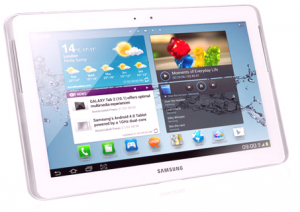
- The screen: The Samsung Galaxy Tab 2 10.1 boasts of a huge 10.1 inch display along with a resolution of 800 x 1280 pixels, and a pixel density of 149 PPI, which is not as great as the one shipped with the iPad 3. However, the TFT display panel does provide good screen quality, even when observed from various angles.
- The Design: It has a design that is similar to the Note 10.1 and includes a glossy white plastic casing which gives it a fairly cheap look. It has a more visible silver trim along with an expanded bezel that encloses a pair of fairly big speakers. However, at 9.7mm it is quite a thin tablet. Also, it is very light and weighs just 588 grams, thereby making it extremely portable.
- The Software: The Galaxy Tab 2 10.1 comes with the Android 4.0 Ice Cream Sandwich operating system from Google. Compared to this the Nexus 7 comes with the latest Android 4.1 Jelly Bean OS, while the iPad 3 has the iOS 5 upgradable to iOS 6.
- The camera: It is equipped with a 3 megapixel HD 720p at the rear and a front facing VGA camera. The photos taken by the primary camera in low light conditions are somewhat grainy and lacking in detail, while those taken in better lighting conditions are somewhat better.
- The Internal hardware: It has a 1GHz dual-core processor which does not facilitate fast Internet browsing or quick loading of heavy apps. Also, the performance during swiping across home screens is not that great. It has 1 GB of RAM. It comes with a 7,000 mAh battery that has a battery life of about 10 hours.


